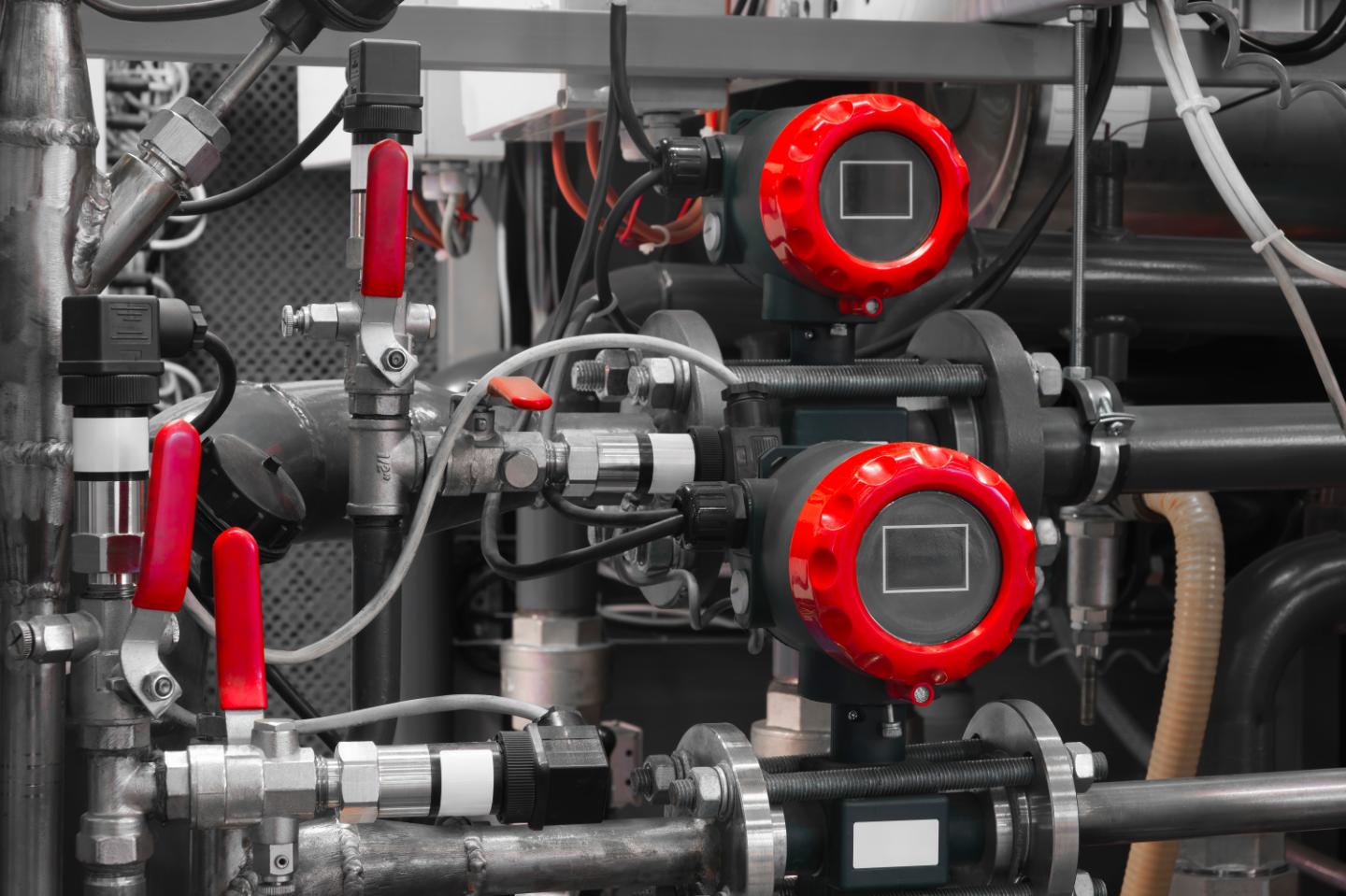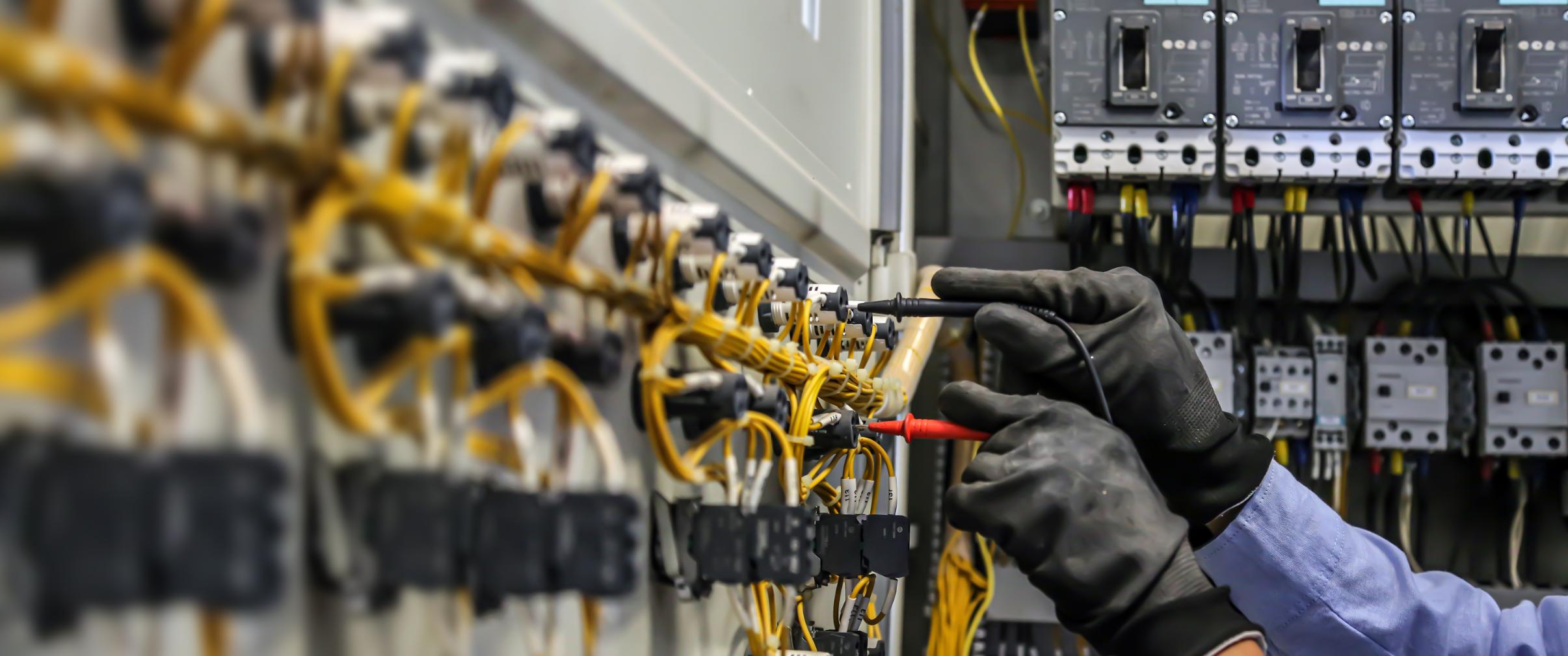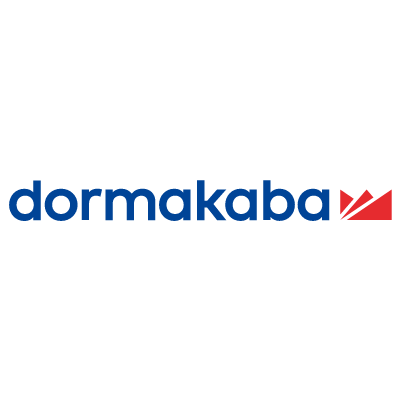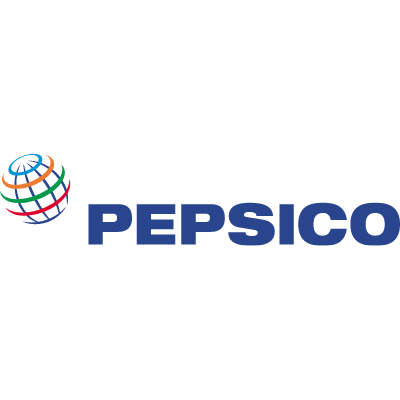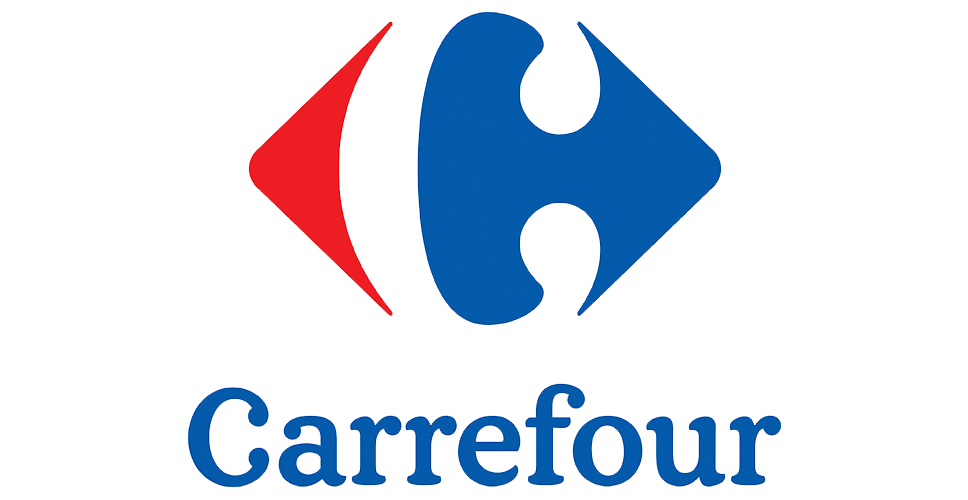From a technological perspective, creating a smart factory involves bringing together OT (operational technology), such as programmable logic controllers (PLCs), SCADA systems, industrial robots, and IoT sensors, with IT systems like CRM, ERP, MES, data platforms (e.g., Snowflake), and cybersecurity solutions. Both OT and IT systems must work as one ecosystem and integrate data from both domains to enable informed decision-making and optimize industrial processes.
This is an ideal scenario, but in practice, things are more complex. In every manufacturing company, there are many types of industrial equipment and IoT devices deployed over time. At the same time, there is a wide array of IT systems implemented independently to serve broad business needs, including sales, accounting, and customer service. These disparate systems, both on the OT and IT sides, are usually not interconnected. There is little to no data flow from production to management. As a result, it becomes difficult to track real-time data, assess the unit cost of produced items, or evaluate how costs depend on energy usage or raw material prices.
AI-powered assistants can bridge this critical gap between information technology and operational technology. They empower users at all levels of the organization to access real-time data, analyze performance, diagnose faults, and calculate metrics like Overall Equipment Effectiveness (OEE). This article explores how a virtual assistant can help manufacturers create a more connected and intelligent production environment.
Data acquisition
Modern factories are often a patchwork of OT systems from different vendors and generations. These systems operate using different standards and proprietary protocols, making it challenging to extract data. Without a unified approach to data acquisition, valuable insights from OT devices and physical systems remain trapped at the machine level, limiting visibility and optimization.
Direct data extraction from industrial control systems such as SCADA, PLCs, or DCS is effective but often blocked by vendor restrictions. An alternative is to install remote I/O modules like Advantech ADAM & WISE, which intercept signals from industrial equipment before they reach the controller. Wireless variants further simplify deployment without disrupting existing OT systems.
Another powerful approach is the use of IoT gateways. These devices serve as intermediaries between legacy systems and modern IT platforms, pulling real-time data from programmable logic controllers and supervisory control systems. By performing edge processing before forwarding data to cloud-based analytical tools, IoT gateways reduce latency and enhance system responsiveness.
One versatile solution is WISE-EdgeLink, which aggregates analog and digital signals from various OT networks and supports multiple protocols. It includes secure API connectors and web services to streamline integration with MES, SCADA, IoT hubs, and cloud platforms. By enabling consistent data acquisition across diverse environments, WISE-EdgeLink helps manufacturers connect their fragmented OT ecosystems and optimize data-driven decisions.
Data storage: cloud vs. on-premises
After collecting operational and machine data, it needs to be stored centrally for analysis and action. Whether stored in the cloud or on-premises data centers, the objective is to unify operational and enterprise data layers for seamless access across the organization.
On-premises storage gives organizations control over their infrastructure and electronic data, but requires ongoing investments in hardware, specialized personnel, and energy. Cloud solutions, however, convert capital expenditure into predictable operational costs and offer superior scalability. Cloud-based data processing systems can adapt to growing needs while maintaining high levels of security and compliance.
Edge computing also plays a key role, especially when real-time analytics are required. Applications like high-frequency sensor monitoring or video inspection benefit from on-premises or edge devices that process data locally, reducing the need to transmit large volumes to the cloud.
As manufacturers scale, cloud-first models often prove more efficient, particularly for small and mid-sized enterprises. Solutions like Microsoft Cloud for Manufacturing and Snowflake Data Cloud integrate operational technology OT and IT systems while supporting advanced AI and analytics. These platforms enhance operational efficiency while ensuring data protection—essential for critical infrastructure and industrial operations.
An AI assistant for manufacturing data analysis
Once data from OT devices and IT systems is stored in cloud platforms, the next step is making it actionable. This is where AI-powered virtual assistants come in. These assistants use large language models (LLMs) to interpret queries and return insights based on real-time and historical machine data.
A practical demonstration of this can be seen in our AI assistant demo. It analyzes time-series data from vibration and temperature sensors to detect anomalies in industrial equipment. When abnormal readings are found—such as overheating or excessive vibration—the assistant provides explanations, identifies likely root causes, and suggests specific maintenance actions.
The assistant uses a retrieval-augmented generation (RAG) pipeline to combine real-time data with knowledge from technical documentation and operational best practices. This makes it a powerful tool for predictive maintenance, allowing users to anticipate and address issues before they lead to downtime. It also enables staff to interact with complex OT systems through natural language—no coding or data science expertise required.
Watch our AI assistant for manufacturing data analysis in action:
IT vs. OT — summary
The integration of IT and OT systems is no longer a futuristic ambition—it is a practical necessity for modern manufacturing. Bridging the gap between information technology and operational technology enables factories to improve operational efficiency, optimize industrial processes, and increase visibility across industrial operations.
By leveraging AI-powered assistants, manufacturers can tap into the full potential of their industrial control systems, OT devices, programmable logic controllers, and supervisory control systems. These tools unify previously siloed OT networks with cloud-based IT platforms, turning raw machine data into actionable insights.
With structured data acquisition, secure data storage, and real-time analytics, factories can monitor equipment performance, reduce downtime, and control physical devices more effectively. Whether it’s vibration sensors detecting anomalies or AI guiding root cause analysis, the fusion of IT systems and OT systems is redefining how smart factories operate. As Industry 4.0 continues to evolve, closing the IT vs. OT divide will be essential for building data-driven, agile, and future-proof manufacturing ecosystems.




